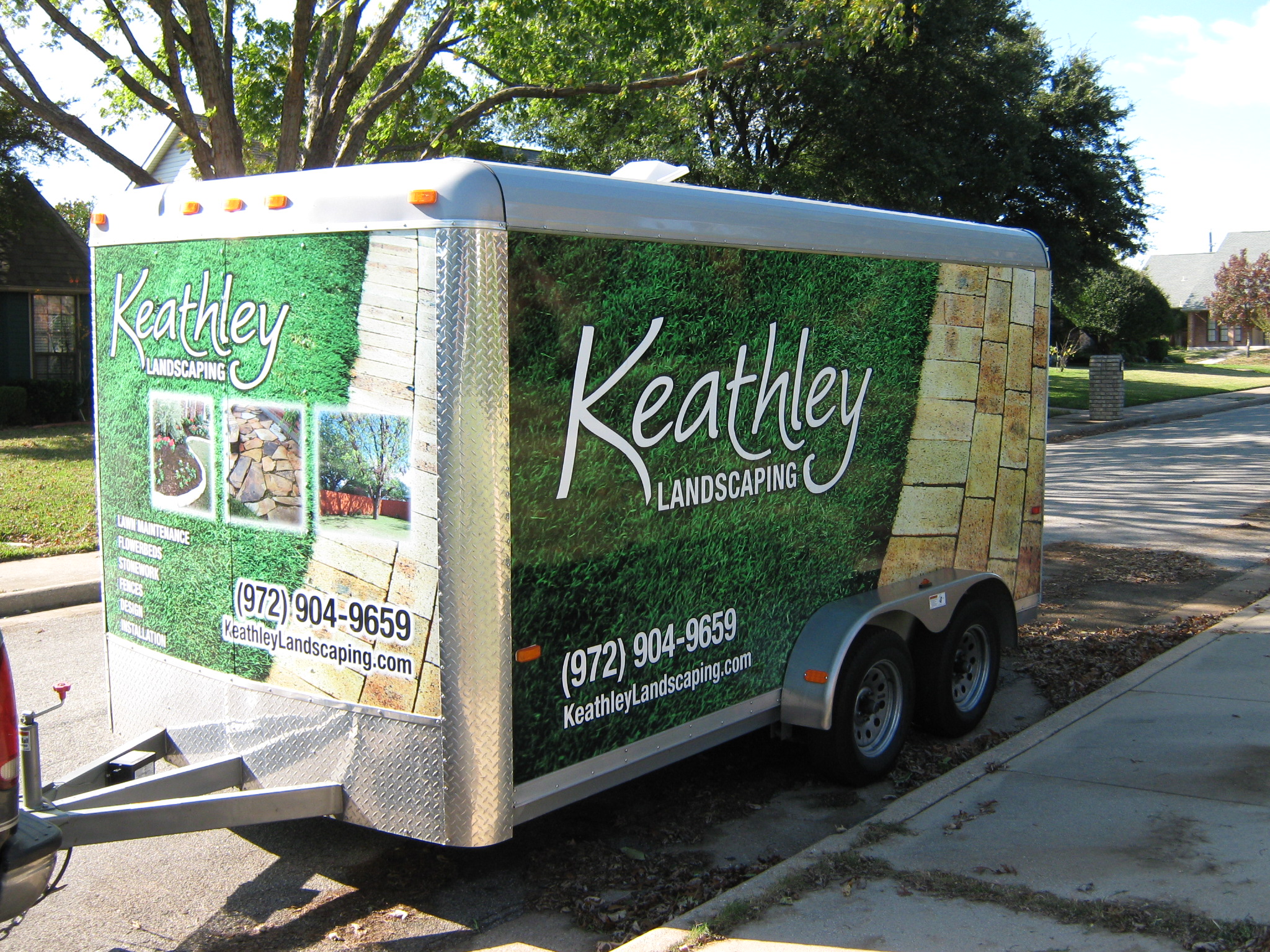The Impact of Outdoor Lighting on Neighborhood Safety
Outdoor lighting has long been a staple in urban planning and community development. As cities and neighborhoods evolve, so does the need for effective lighting solutions that enhance safety and security. This blog post delves into the impact of outdoor lighting on neighborhood safety, exploring its benefits, limitations, and offering actionable tips for communities looking to improve their lighting infrastructure.
The Importance of Outdoor Lighting in Crime Prevention
It’s widely believed that well-lit areas deter criminal activity, and research supports this notion. A study by the University of Chicago found that improved street lighting led to a 36% reduction in crime in certain urban areas. This is because adequate lighting increases visibility, making it harder for criminals to operate undetected. Additionally, it can increase the perception of safety, encouraging community engagement and activity even after dark.
Enhancing Visibility
One of the primary benefits of outdoor lighting is improved visibility. Well-lit streets and pathways allow residents to see potential dangers and avoid them. This is particularly important in areas with high foot traffic, such as busy intersections or public parks. Ensuring these areas are well-lit can significantly reduce the likelihood of accidents and criminal incidents.
Psychological Benefits
Outdoor lighting also has psychological benefits. A well-lit environment can reduce fear and anxiety among residents, fostering a sense of community and belonging. This increased sense of safety can lead to more vibrant neighborhoods where residents are more likely to engage in outdoor activities and local events, further deterring crime through natural surveillance.
Challenges and Limitations of Outdoor Lighting
While outdoor lighting offers numerous benefits, it also presents certain challenges and limitations. Understanding these can help communities make informed decisions when planning their lighting strategies.
Light Pollution
One significant issue is light pollution. Excessive or poorly designed lighting can lead to unwanted glare, skyglow, and disrupted ecosystems. This can have negative impacts on both human health and wildlife. To combat light pollution, communities can adopt downlighting techniques and use shields to direct light where it is needed most.
Energy Consumption
Outdoor lighting can also contribute to increased energy consumption. However, the adoption of energy-efficient lighting solutions, such as LED lights, can mitigate this issue. LEDs not only consume less energy but also have a longer lifespan, reducing maintenance costs and environmental impact.
Examples of Successful Outdoor Lighting Projects
Several communities have successfully implemented outdoor lighting projects that have improved neighborhood safety. For instance, the city of Los Angeles replaced over 140,000 streetlights with LED fixtures, resulting in a 63% reduction in energy consumption and a noticeable decrease in crime rates. Similarly, New York City’s “Light Up the Night” initiative focused on installing new lighting in crime-prone areas, leading to a significant drop in criminal activity.
Actionable Tips for Improving Neighborhood Lighting
For communities looking to enhance their outdoor lighting, here are some actionable tips:
Conduct a Lighting Audit
A comprehensive lighting audit can help identify areas that need improvement. This involves assessing existing light fixtures, identifying dark spots, and determining the most effective lighting solutions for each area.
Opt for Energy-Efficient Solutions
Investing in energy-efficient lighting, such as LEDs, can offer long-term savings and environmental benefits. Additionally, incorporating smart lighting systems that adjust brightness based on activity can further optimize energy use.
Engage the Community
Community involvement is crucial for the success of any lighting project. Holding public consultations and involving residents in decision-making can ensure that the lighting solutions meet the specific needs and preferences of the community.
Conclusion: Lighting the Way to Safer Neighborhoods
Outdoor lighting plays a vital role in enhancing neighborhood safety. By improving visibility, deterring crime, and fostering a sense of security, well-implemented lighting solutions can transform communities. While challenges such as light pollution and energy consumption exist, they can be addressed with thoughtful planning and the adoption of modern technologies. As communities strive to create safer and more welcoming environments, investing in effective outdoor lighting should be a top priority.






































Recent Comments